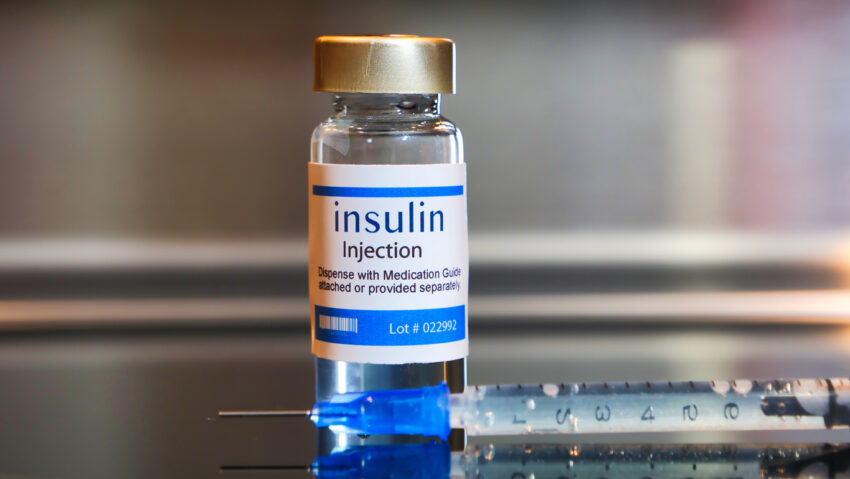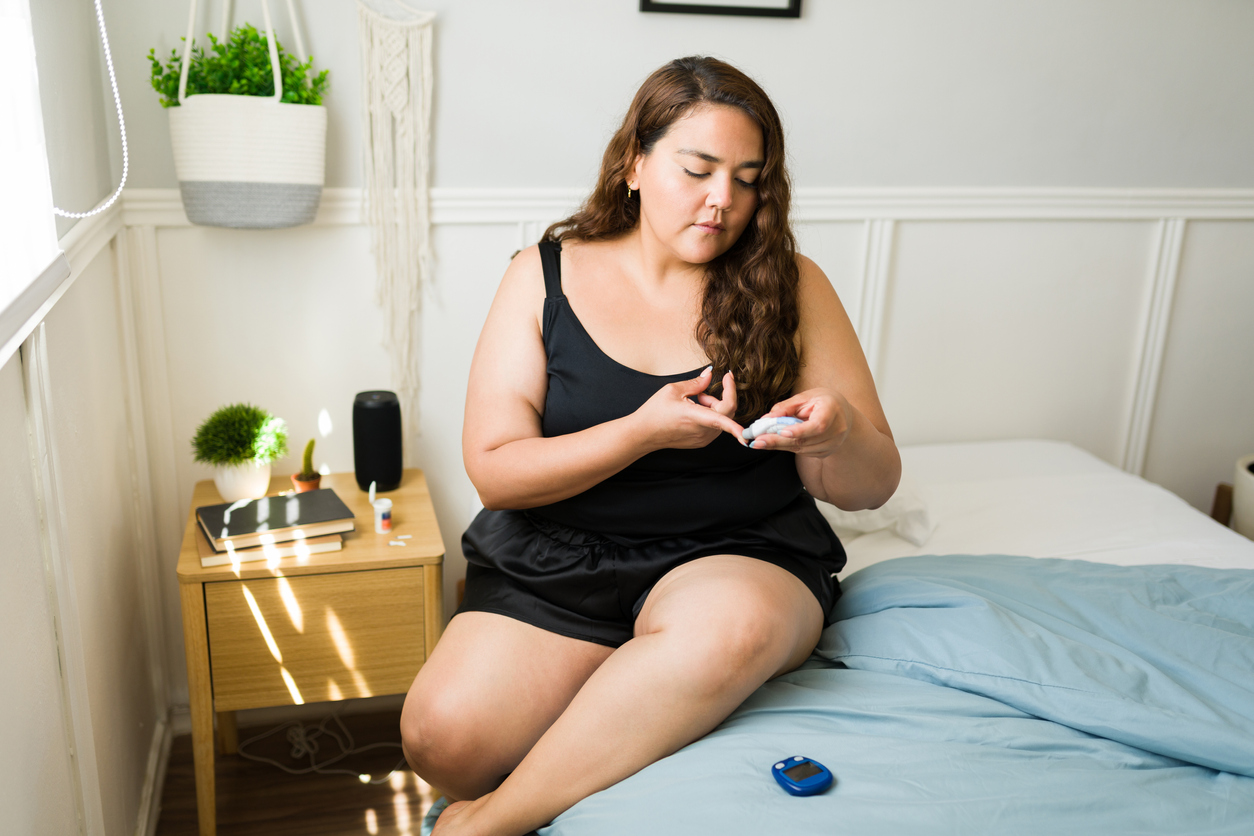
Share On Social!
Update: Sanfori, the third major insulin drug maker, announced it will cap the out-of-pocket cost of Lantus, the company’s most popular insulin, at $35 per month for people with private insurance. Sanfori will implement this change Jan. 1, 2024.
Diabetes affects millions of Americans, especially Latinos.
But the cost of insulin medications to manage the disease are unaffordable.
Fortunately, recent strides have helped lower the cost of insulin medications, bringing financial relief to many households, and potentially saving lives.
In honor of American Diabetes Alert Day on March 28, we’re highlighting these significant strides and discussing what lowered drug costs could mean for Latinos and all diabetes patients.
How Much Does Insulin Cost in the US?
In recent years, the cost of insulin medications in America has skyrocketed. In the past decade alone, the cost of insulin has tripled.
Those without health insurance are the most affected by insulin costs, such as Latinos, who remain the largest uninsured racial and ethnic group in the US.
Those without health insurance can expect to pay $50 to over $1,000 for a vial of insulin, and $45 to over $600 for a pack of insulin pens.
Considering most patients need about two vials of insulin per month or one to two packs of insulin pens, these costs can really add up, especially for low-income families, such as Latinos.
In fact, a 2022 study suggests that 14% of Americans spend a “catastrophic” level of income on insulin. This means that after paying for other essentials, such as food and housing, they spend at least 40% of their remaining income on insulin.
“This, to me, seems like a crisis. Patients literally need to decide if they will pay for their insulin or for their housing and food,” wrote Dr. Irl Hirsch of the University of Washington Diabetes Institute in a Diabetes Spectrum article.
Even those with health insurance face excessive costs for insulin medications. They can expect to pay an average of over $35 a month per insulin product, which can still be unaffordable if multiple products are needed.
In desperate need for more affordable options, some Americans have traveled to other countries to purchase insulin medications.
Those who can’t afford such trips have turned to online communities, where those in need of insulin medications and other diabetes supplies can connect with those who have extra.
“Insulin should be readily available to anyone who needs it,” wrote Dr. Irl Hirsch in the same Diabetes Spectrum article. “It is not a concierge drug that should be used only by those who can afford it. Insulin, in my view, is a right, not a privilege.”
Lowering the Cost of Living with Diabetes
Fortunately, US leaders are working toward change.
Last year, President Biden signed the Inflation Reduction Act to cap the cost of insulin at $35 a month for patients on Medicare.
While this cap helps some people, the new law does not benefit the millions of Americans who are uninsured or have private health insurance, the two groups who suffer the most from high drug costs, according to a 2022 study.
Enter drugmaker Eli Lilly.
The company announced on March 1, 2023, that they will immediately cap the cost of all its insulin products at $35 a month.
The cap automatically applies to people with private insurance, and those who are uninsured can be eligible for the discount through Eli Lilly’s copay assistance program.
Novo Nordisk, another drug company, followed suit by announcing that it would lower some of its insulin products by up to 75%. The company plans to implement this change in January 2024.
However, critics argue that Novo Nordisk should do more to reduce drug costs.
Even with the 75% decrease in price, a single vial of a Novo Nordisk fast-acting insulin will still cost $72.34 out of pocket, and an insulin pen will still cost $139.71.
“A vial of insulin costs approximately between $3 and $6 to produce,” T1International, an advocacy group for people with diabetes, told NBC News. “$72 for a single vial of NovoLog insulin is still too expensive, so we are keeping the pressure on to demand further reductions.”
Eli Lilly and Novo Nordisk are among three drug makers who dominate the insulin market.
Sanofi, the third major insulin drug maker, has yet to announce any price reductions.
Other Efforts to Lower Insulin Costs
In 2022, Civica Rx, a nonprofit company, announced plans to make and sell generic versions of insulin to consumers at no more than $30 a vial and no more than $55 for a box of five pen cartridges.
The state of California plans to partner with Civica Rx to make its own low-cost insulin, which the state hopes to begin offering in early 2024.
If successful, California would be the first US state to produce insulin for its residents, a milestone that could inspire other states to do the same.
Beyond Type 1, a diabetes non-profit organization, is also working toward change. The organization created getinsulin.org to help diabetes patients find inexpensive insulin options.
Further, Beyond Type 1 launched a bilingual version of getinsulin.org in 2020, which was critical for Spanish-speaking diabetes patients during COVID-19 pandemic job-losses.
How Does Diabetes Affect Latinos?
Diabetes is a public health crisis in the Latino community.
Latinos are more than 10% as likely to develop diabetes than their white counterparts and are disproportionately affected by life-changing diabetes complications, including kidney failure, diabetes-related vision loss and blindness, and the need for amputations.
Additionally, Latinos are more likely than their white counterparts to have prediabetes, a condition where blood sugar levels are higher than normal, but not high enough to be diagnosed with type 2 diabetes. Prediabetes comes with its own risks for serious health problems, including heart disease and stroke, according to the Centers for Disease Control & Prevention.
With higher risks and rates of diabetes, Latinos depend heavily on insulin.
That’s why the recent steps to lower the cost of insulin medications is worth celebrating.
However, we must tackle the insulin crisis from different angles to support sustainable change in diabetes disparities, experts say.
“In addition to addressing the high cost of insulin, health policies must work toward addressing health inequities, including lack of access to health insurance, safe places to exercise, and nutritious food, that continue to put Latinos and other people of color at higher risk for diabetes,” said Dr. Amelie Ramirez, director of Salud America! and its home base, the Institute for Health Promotion Research at UT Health San Antonio.
How Can You Help?
As elected leaders and drug manufacturers work on more affordable insulin prices, you can help promote health where you live for Latinos and all people.
Select your county and get a Health Equity Report Card by Salud America! at UT Health San Antonio.
In your report card, you will see maps, data, and gauges to compare health equity issues, including healthcare access and income level, to the rest of your state and nation.
You can email your Health Equity Report Card to local leaders to stimulate community change. Use the data in your materials or share on social media to raise awareness.
Get your Health Equity Report Card!
Explore More:
Healthcare AccessBy The Numbers
142
Percent
Expected rise in Latino cancer cases in coming years



